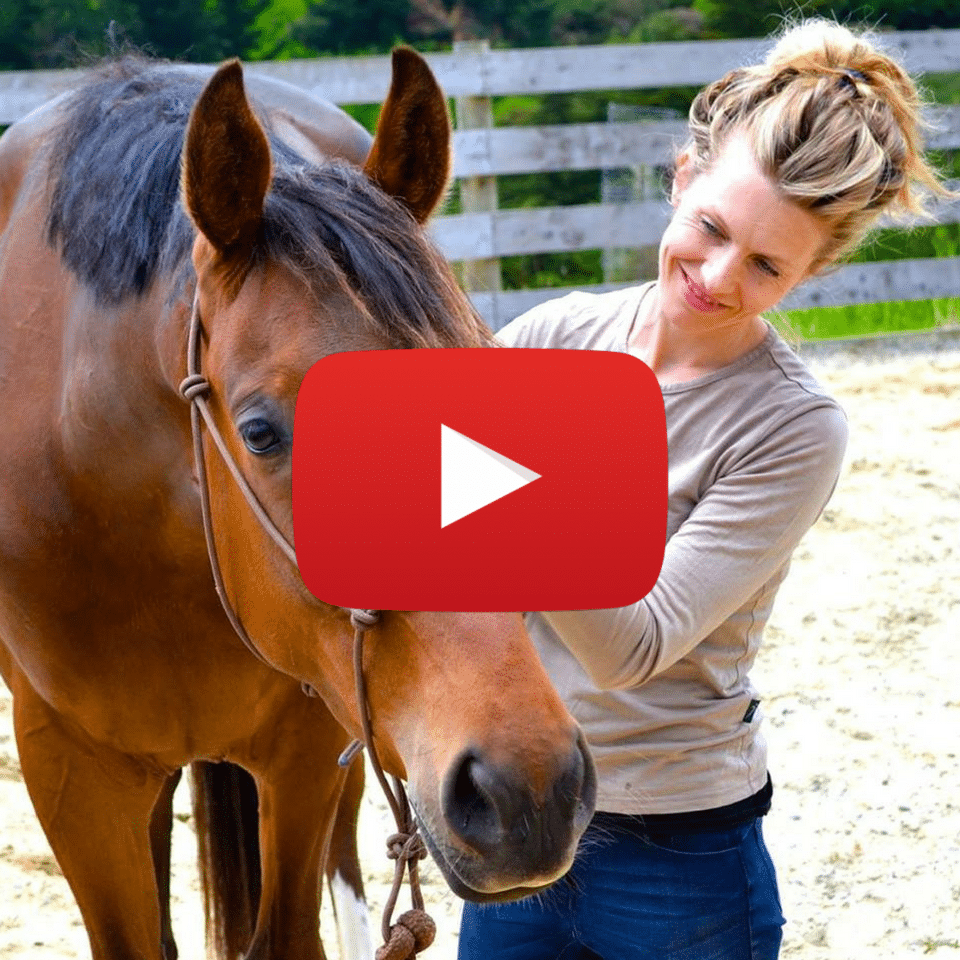This morning I was tagged in a post on another page that was asking for help and advice on how to deal with “I’m not good enough thoughts”. The seed of this thought began with an instructor who was “less than ideal” let’s say, and she often hears his voice in her head second-guessing her opinions. The flow of effect of this is a near-constant feeling of fear or inadequacy as well as the accompanying thought of not feeling good enough.
I thought I would share my response here also as it’s such a common situation, even if the specifics change from person to person. My answer here relates to the thought of not being good enough, but to speak more generally, the pervasive feeling of fear is the hallmark of a system “stuck” in sympathetic (or the fight-flight response). When we are in that place, our sensory system goes offline and the brain no longer has fresh input to make new choices about how to be in the world. As a consequence, we can only operate from our database of stored info from previous experience, which again sees us stuck in a repetitive loop.
One of the most useful ways to think about these types of experiences is in terms of patterns. At the moment, what you have developed is a dominant pattern that expresses itself in a variety of different contexts, all with the common thread of “not feeling good enough”- this thought in and of itself is the trigger.
Let’s consider what happens when you have the thought “I am not good enough” from the perspective of your brain and nervous system. We can only ever decide that we are not good enough based on comparisons. In order for me to have that thought, I have to take my present experience and reference it to something in the past. In other words, I have to compare it to something- an experience I’ve had before, I situation I was in, an experience that I have had.
In order to do that, I have to dive into my emotional brain, pull out all of these reference points and use them as the determinant for how it is that I should be feeling in the present moment.
From the position of the nervous system, any time my conscious brain is relating to something different from what my unconscious brain is perceiving, it activates the fight/flight nervous system (or the sympathetic/ survival nervous system). Our unconscious brain is ultimately what is deciding how best to respond to the situation we find ourselves in and it does that through sensory input. At all times, the desire of the unconscious brain is for it to be in sync with the conscious brain. When they are out of sync (ie. I’m thinking about a situation in the past, or ruminating about possibilities for the future- so my thoughts are out of sync with what my unconscious brain is perceiving), it activates the fight/flight nervous system as part of its “just in case” policy. “Just in case” we will launch into survival mode because the two parts of us are out of sync and we don’t want to be caught off guard.
When we are operating from our sympathetic system, we can only function via reflexes. We do this because the priority of the brain at this point is not to think things through, but to maximise efficiency and survive. That means that every time we are living or operating from our survival nervous system, we cannot create new behaviors or experiences; we can only respond as we have done previously. Via reflex in other words.
Add to that: every thought that we have had a corresponding motor pattern in the body. So every time you think “I am not good enough” that thought expresses in the same way physiologically. It has become a motor reflex. So then if we find ourselves in a situation where the thought is triggered, we fire off that same pattern and same behavioral expression, so what is physiologically expressing through us no longer relates to the moment we find ourselves in. We are 100% in the past, in every sense.
Not only does it seem like groundhog day… It IS groundhog day- at least as far as what your mind and body are experiencing.
Our brain has a sensory-motor map that it uses to map the body and relate it to its environment. This map is what it uses to decide what response to send out. It’s also possible to distort that map by “mapping in” a feeling and sensation in the body with a particular thought that might play out like this:
Something occurs in my experience >> that produces a sensation in the body >> I associate that sensation with a particular thought >> that thought fires off the motor pattern associated with it
…. And there we go again chasing our own tails.
The beauty is that we have the somatic nervous system that we can use to break up habitual sympathetic patterns and essentially “input” new patterning. In my work, I do this through a combination of mindset AND movement work. We not only have to be able to detach from the story, but we also have to address the sensory-motor map I mentioned, and how our thoughts are expressing in movement and through our body.
It’s not something you can “think” your way out of because the experience of it is multi-layered. And we cannot choose how the nervous system functions through conscious thought; we can only support the unconscious brain to create new patterns and make more adaptive choices.
Onwards.

